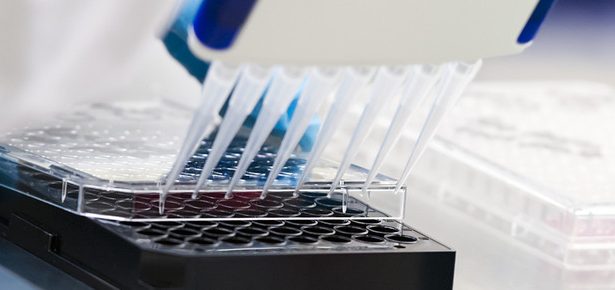To Inhibit or Enhance? Is There a Benefit to Positive Allosteric Modulation of P2X Receptors? New publication by Elizabeth Allum

Elizabeth Allum, a DTP student based at the University of East Anglia, has recently had a paper published in Frontiers in Pharmacology. “This is my first experience of writing for publication, and I am grateful for the opportunity to contribute to a topic I am so passionate about. It has given me an insight into the process of submitting to journals and helped me to improve my science writing skills which will be vital for my thesis”, says Lizzie.
The concept of purinergic receptors is relatively new, with the relevance of ATP in neurotransmission first being described in the early 1970s and the first purinergic receptor cDNA being cloned from chick brain tissue in 1993. Purinergic receptors are split into two groups: P2Y receptors, which are G-protein coupled receptors, and P2X receptors, which are ligand-gated ion channels. Currently, drugs aimed at inhibiting the P2Y12 receptor (clopidogrel, prasugrel, ticagrelor and cangrelor) are licensed as antiplatelets and are commonly prescribed following ST-elevation myocardial infarction and cerebrovascular accidents. There are currently no licensed drugs that target P2X receptors, however, some show promise in clinical trials, such as the P2X3 antagonist Gefapixant for the treatment of chronic cough. Whilst there seems to be increasing interest in blocking purinergic signalling for therapeutic benefit, there does not seem to be much consideration for the contrary. In this first-of-its-kind review, this paper examines the role of positive modulators of P2X receptors and whether there may be a therapeutic role for them.
The paper first examines each P2X receptor in turn (with the exception of P2X5 and P2X6), outlining their roles in the body based on evidence provided in the literature. This summarises the roles of each receptor, allowing us to think about the consequences of enhancing the activity of the receptors involved in these roles. For example, the P2X4 receptor has roles in cardiac function, but also in neuropathic pain. Whilst it may be useful to potentiate P2X4 to improve outcomes in heart failure, potentiation could also lead to an increase in neuropathic pain which would be undesirable. Alongside examining the roles of each receptor, we also highlight compounds that are known potentiators of each of these receptors. One such group of modulators are the ginsenosides (triterpene glycosides found in Panax ginseng) that have been investigated by the Stokes group; these compounds are the basis of Lizzie’s PhD, which involves developing novel modulators for P2X receptors based on the triterpene glycoside structure.
“Partaking in this review has been a really useful exercise for me as it has allowed me to explore in detail the research that is already out there regarding my area of study. It has improved my knowledge about techniques that I am unfamiliar with, furthered my scientific writing skills, and helped me to understand where my research may fit into the purinergic signalling puzzle” reflects Lizzie.
You can read the full article here
